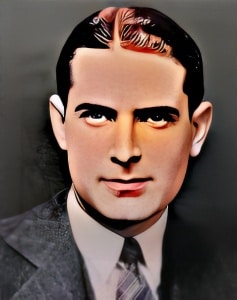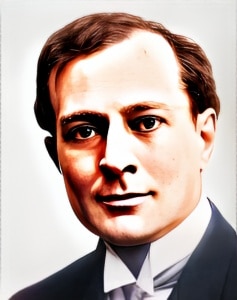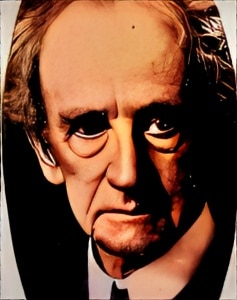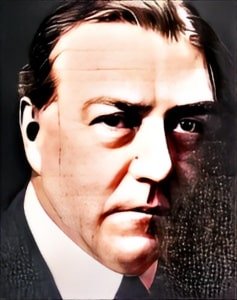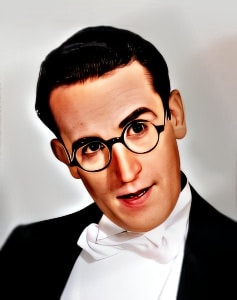 Harold Lloyd (1893-1971) was a pioneering American film actor and comedian known for his iconic contributions to silent and early sound cinema.
Harold Lloyd (1893-1971) was a pioneering American film actor and comedian known for his iconic contributions to silent and early sound cinema.
He is considered one of the “Big Three” silent film comedians, along with Charlie Chaplin and Buster Keaton. Lloyd’s remarkable career spanned several decades, leaving an enduring legacy in the world of entertainment.
Harold Clayton Lloyd was born on April 20, 1893, in Burchard, Nebraska. He came from a family of modest means, and his early life was marked by tragedy when, at the age of 12, he lost his right thumb and forefinger in a premature dynamite explosion. This accident left a lasting impact on Lloyd, influencing his approach to physical comedy and leading to his signature “Glasses Character,” which included his distinctive round glasses.
Lloyd’s entry into the entertainment industry began in the early 1910s when he worked as an extra in silent films. He gradually climbed the ranks in Hollywood, performing in various roles until he established his own production company, Harold Lloyd Corporation, in 1919. This step marked a turning point in his career, giving him greater creative control and financial independence.
One of Lloyd’s most iconic elements was his “Glasses Character.” He adopted this persona in many of his films, portraying an everyday, relatable young man, often referred to as “The Boy” or “The Glasses Character.” This character’s regular-guy persona resonated with audiences, making him an endearing figure on the silver screen.
Lloyd was known for his mastery of physical comedy, characterized by his dexterous and athletic stunts. His ability to perform dangerous feats with humor and grace set him apart from other comedians of his time. He often incorporated daredevil stunts, such as hanging from ledges, scaling buildings, or narrowly escaping dangerous situations, into his films.
One of his most celebrated stunts took place in the film “ Safety Last!” (1923). In this film, Harold Lloyd famously climbs a department store building, culminating in a hair-raising sequence where he dangles from the hands of a clock high above the city streets. This iconic scene became one of the most enduring images in the history of cinema, representing the audacious spirit of early film comedy.
Lloyd’s films often explored themes of aspiration and the pursuit of success in the face of adversity. He portrayed ordinary individuals facing extraordinary challenges, creating relatable characters whose experiences resonated with audiences of the time.
As the film industry transitioned from silent films to sound, Lloyd adapted to the changing landscape. His transition to sound films was successful, and he continued to make popular comedies that showcased his comedic timing and verbal wit.
Some of his notable sound films include “Welcome Danger” (1929) and “Movie Crazy” (1932). In these films, Lloyd successfully integrated spoken dialogue and humor into his work, ensuring his continued popularity with audiences during the early sound era.
Lloyd’s career spanned more than 200 films, and he left an indelible mark on the entertainment industry. His contributions to silent and early sound cinema continue to be celebrated for their innovation, humor, and storytelling.
In recognition of his significant contributions, Harold Lloyd received an Honorary Academy Award in 1952. He remained active in various aspects of the entertainment industry throughout his life, including film production and preservation.
Harold Lloyd passed away on March 8, 1971, leaving behind a legacy of iconic comedy and pioneering stunt work. His enduring impact on the world of film and comedy ensures that he remains a cherished and influential figure in the history of cinema.
Loading live eBay listings...

